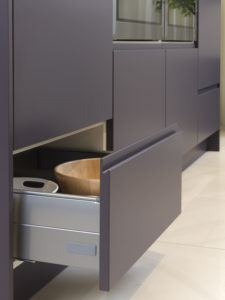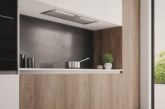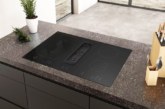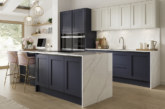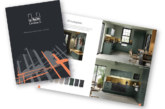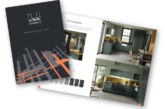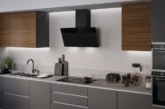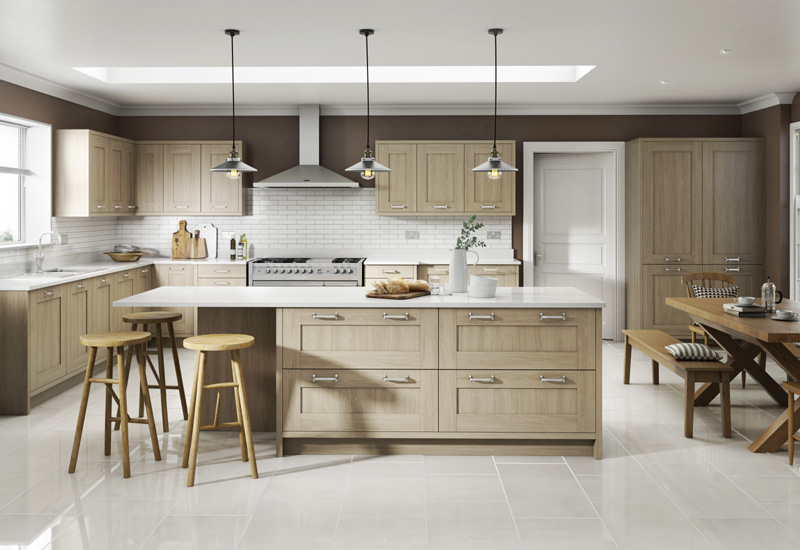
Peter Loftus, Divisional Showrooms Lead at Buildbase looks at some of the key aspects to consider when selecting a kitchen for a newly built house.
The kitchen is becoming an increasingly important component for people choosing a new home.
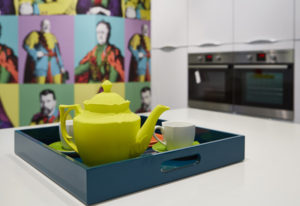 The value of kitchens has steadily increased – along with the footprint devoted to them – as a percentage of total living space in a house. Whole families take part in domestic tasks and use the kitchen simultaneously for a number of diverse activities from peeling, washing cooking, arranging, cutting to chatting. So, it’s important that the kitchen space takes account of all these functions.
The value of kitchens has steadily increased – along with the footprint devoted to them – as a percentage of total living space in a house. Whole families take part in domestic tasks and use the kitchen simultaneously for a number of diverse activities from peeling, washing cooking, arranging, cutting to chatting. So, it’s important that the kitchen space takes account of all these functions.
This wasn’t always the case as, traditionally, kitchens were less of a reason to choose a new build property. Younger buyers just wanted a foot on the housing ladder; a place to live in and a suitable location. Now, the buying demographic is older and people are looking for the home to deliver more. That factor creates an active choice between standard kitchens and those that are more inspiring and make life easier.
Demands on design
Housebuilders are facing a rapid pace of change in innovation and consumer choice when it comes to interiors and this is a challenge to them and kitchen designers alike: the previous approach of installing the most basic kitchen furniture in new build homes is lacking in general utility, functionality and value for today’s home buyer.
For example, when opening cupboard doors or drawers in standard kitchens they won’t open fully and make life harder for the occupant to use. Also, more basic wall units tend to have shallower storage which can’t properly accommodate dinner plates in an accessible location. And lower quality kitchen cabinets lack shelf support, resulting in a sagging effect after a few years.
But just because a builder puts more thought into kitchen design and invests in a higher quality product doesn’t mean it has to break the bank. In fact, by having more functional and usable storage space, it often needs fewer cupboards. Also many suppliers are producing similar styles in a range of finishes ranging in price from entry level to higher end.
We alone offer more than 50 beautifully crafted kitchen ranges arranged into modern, shaker and traditional collections, with cabinets supplied in rigid or ready-to-assemble, so there really is something for everyone regardless of taste or budget. A wide range of technical solutions means that the kitchen adapts to the user and not the reverse.
So, a clever design and range choice can actually save cost. The kitchen is a room that needs the input of experts, which is why we’re always training staff on the latest innovations and design concepts.
Functional space
Many kitchens used to be planned according to a principle known as the ‘kitchen planning triangle’. This was supposedly conceived towards the end of the 19th century when the principle of time and motion was developed. It was based on the concept that the sink, cooker and fridge need to be located in a virtual triangle to allow unrestricted movement and create the shortest distance between them. This, however, is no longer relevant to the multi-purpose nature of people’s lives.
 Today, it’s about designing kitchens in line with how users actually use them, adding in mechanisms and functionality that will make people’s lives easier.
Today, it’s about designing kitchens in line with how users actually use them, adding in mechanisms and functionality that will make people’s lives easier.
When considering ergonomic design, a number of things must be considered before the kitchen is planned and specified. That includes the tasks that people will carry out in the space, along with recognising that kitchens are now hugely popular as dining spaces, with meals becoming a less formal affair in the modern home.
Also, kitchens need to incorporate features that enable more efficient use of storage, customised to suit the home buyers’ demographic profile. Developers now take account of these requirements in many areas of the home because of regulation. Moreover, the ergonomic quality of a kitchen is built around reducing unnecessary movements and supporting the sequence of the activities that take place.
Fitting a better kitchen is actually easier to install and will look better in the house. Having good quality furniture and mechanisms will increase the life span of the kitchen and its functional storage, even for up to 20 years.
How else do the best functional kitchens of today operate?
- A better-engineered kitchen makes stored items easier to access, for example in drawers with the technology to bring the back of the draw to the front of the cabinet when opened
- Having solid back panels in cupboards avoids the perennial problem of knocking out the back of the cabinet and causing damage
- Shelving support today uses metal rather than plastic, and with shelves that won’t tip when front-loaded. Anti-tip shelves are important to increase the longevity of the furniture
- Cupboards today that are edged in polypropylene rather than melamine means no chipping if knocked, helping the kitchen’s lifespan
- Drawers and doors have more advanced mechanisms as people want to use all of the available storage in the kitchen. Soft closing mechanisms dampen noise and lower impact on the fittings
- Lighting is now more often now incorporated into kitchen units, with passive infrared sensors when opening a cupboard; LED is in much wider use and general lighting is much more important now as people entertain in the kitchen as well as cook
“The kitchen is a room that needs the input of experts.”
Customer centered
Housebuilders want to be able to sell a property from plan and offering the buyer the chance to influence what the interior looks like makes a lot of sense. It gives the developer greater security, knowing that the buyer is bought into the project and people prefer to think they’re living in a house that isn’t just a replica of the one next door. We’ve seen this done successfully and have taken away the hassle from the builder, liaising directly with the customer on what they want to see in their kitchen.
So as competition increases, there is a greater desire from developers to add value to homes as consumers buy on the emotion of a desired lifestyle, but are becoming increasingly educated on the detail.

